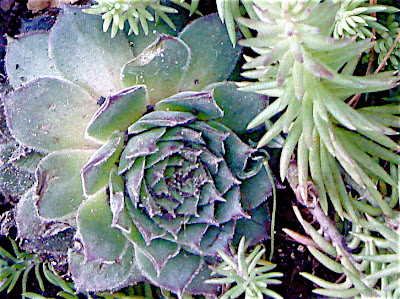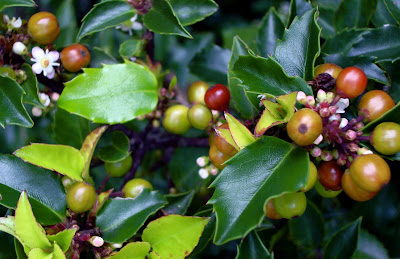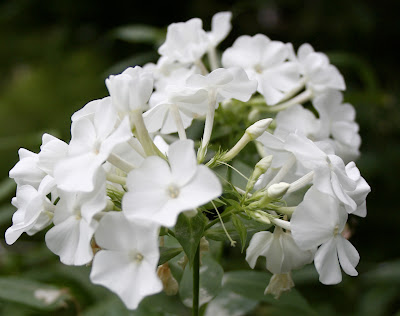
and knowing that under its current snow blanket the area actually looks like this,

remarked in that sweet and spicy tone most sharply inflicted by a teenage girl, "How's that working out for you?" Yes, how indeed?
Well, as this plot had a French drain incised through its middle in early fall, the rain garden installation stalled. Back-hoes and bob-cats meant that the few plants previously put in needed to be moved or, if left in situ, they disappeared during construction. The big mystery after this hydrological project, of course, is how will the drainage be affected this spring? Will there still be standing water for the clumps of Iris versicolor? What about adding other moisture-loving plants, like Joe Pye weed (Eupatorium maculatum) "Gateway" and ornamental grasses, such as Northern sea oats (Chasmanthium latifolium)? They could bring some movement, verticality, and complementary colors to this sorry corner of the garden.
So, here's a preliminary revision of my previous poorly implemented design.

I say "preliminary revision" because, looking out the back window, the area seems much larger than a few colored circles on paper would indicate. Anticipate fine-tuning. After my brief exposure to Japanese irises this past summer, I plan to enjoy the buzz from this winter's flurry of glossy catalogs--a diversion that I am postponing next year, when horticultural delirium tremens will send me jonesing for a shot of foliage and flowers. Oh, next year begins tomorrow. How convenient.



















































